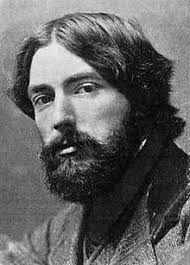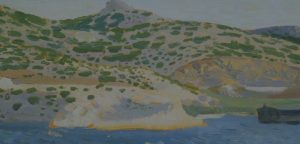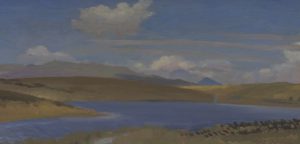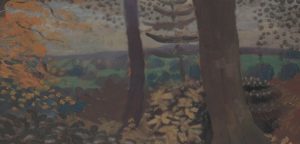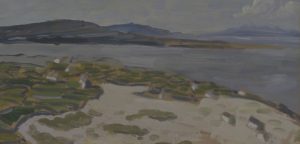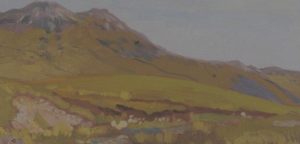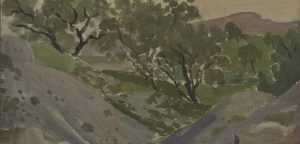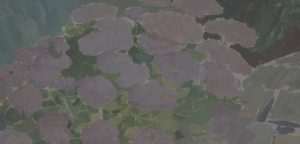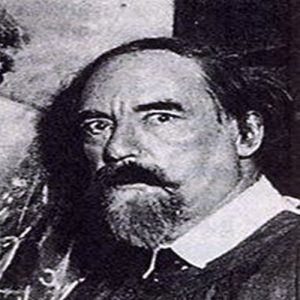Augustus John was born on the 4th of January in 1878 in Tenby, Pembrokeshire, Wales.
1878 - 1961
Augustus John
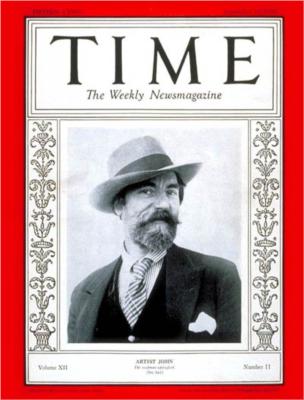
description
An English Post-impressionist painter and engraver, an outstanding portraitist of Britain of the early XX century.
Augustus was born into the family of a lawyer. He studied at the Slade School of Fine Arts in London, together with his older sister Gwendolin Mary John and future famous artist William Orpen.
He painted the portraits of B. Shaw, D. Thomas, T. E. Lawrence, T. Hardy and other equally famous people. From 1903, the artist was a participant and one of the leading members of the “New English Art Club”, which popularized contemporary art in England. John also worked as a teacher, leading the painting class at the School of Arts at the University of Liverpool, and later organized a private art school. He was elected a corresponding member, and later was an academician of the Royal Academy of Arts. He was a president of the Royal Society of Painters-Portraitists for five years.
Key ideas:
– Having received an art education in Paris, Augustus John used various artistic methods and styles in his work.
– Despite the influence of famous masters P. Cezanne and E. Degas, as well as French Post-impressionists, he always remained true to his own artistic style, working confidently and temperamentally, creating vivid, psychologically expressive images.
– The artist painted quickly and enthusiastically, applying large verified strokes on the canvas and using open colors. John’s paintings, like Impressionistic, leave the impression of spontaneity and directness, although they do not depict idle entertainments, but colorful scenes from real life and portraits with a vivid character.
– The artist often traveled around his motherland, and also repeatedly visited France, Spain and other European countries. Made several trips to Africa, America and Jamaica, from where he brought a series of bright portraits.
– The artist was very interested in the life of gypsies. He traveled several times with them and painted many pictures dedicated to those people. Especially John was interested in the life of nomadic gypsies. He even lived in their camp several times to be able to paint portraits and everyday scenes from the life of these people. In sketches on the life of the gypsy camp, with their characteristic figures located on the picture plane through certain spatial intervals, John achieves an amazing rhythm of a composition and the sense of the reality of what is happening.
– Augustus was a successful artist. Many famous and rich people ordered him their portraits, painting which the master adhered to a realistic manner, but painted in an innovative technique.
1878
1895
1900
1901
1902
1907
1910 - 1914
1942
1961
The birth of the artist
He continued his studies at the Colarossi Academy in Paris
Went to France. Thanks to the scholarship he had won in Slade, he continued his studies at the Colarossi Academy in Paris.
He visited France, the Netherlands and Belgium
Made a trip to Europe. He visited France, the Netherlands and Belgium. This trip left an indelible impression on the artist and was reflected in the themes of his works.
Became a professor of the Liverpool University
Became a professor of the Liverpool University. At the same time, he was fond of the language, customs and culture of gypsies, whose portraits he painted for the next few years.
Returned to London
Together with his family, he returned to London, where he started creating portraits.
Opened a private school-studio
Together with U. Orpen, opened a private school-studio and joined the group “New English Art Club”. In the same year, his wife Ida died, leaving the artist and their five children. Soon John married his model and mistress Dorothy McNeil.
During this period, the artist became famous and commercially successful
He painted a lot, created his most famous portraits. During this period, the artist became famous and commercially successful.
Augustus John was awarded the British Order of Merit
Augustus John was awarded the British Order of Merit. The following year, he became a member of the Royal Academy of Arts.
The death of the artist
He died on the 31st of October in 1961 in Fordingbridge, Hampshire, England.

